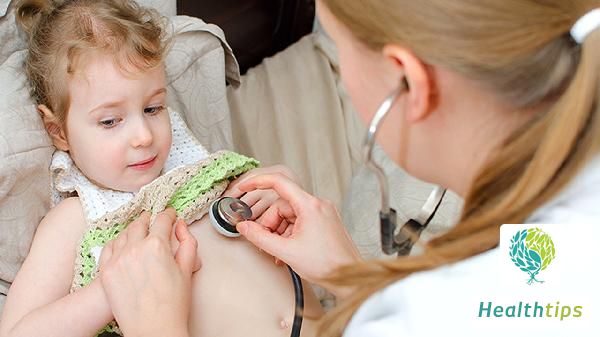What Are the Effects of a Woman Having No Uterus?
As we all know, the uterus is a vital organ for women, responsible for menstruation and pregnancy. Without a uterus, women would not experience monthly menstruation and would be unable to conceive and give birth. In severe cases of gynecological diseases, surgical removal of the uterus may be necessary, but this can have significant impacts on women's health. Therefore, it is recommended that women prioritize uterine care.

The uterine cavity has an inverted triangular shape with a depth of approximately 6cm. The upper corners, known as the "uterine horns," lead to the fallopian tubes. The narrow lower end is called the "isthmus," which measures about 1cm in length. During pregnancy, the isthmus gradually expands to form the lower uterine segment. The uterus is an integral part of the reproductive system in both humans and animals, serving as the site for fetal development and growth.
Unique to women, the uterus is considered the sixth organ in modern medical terminology, alongside the traditional five viscera and six bowels. The uterine lining, known as the endometrium, consists of epithelial cells (including secretory and ciliated cells) and a lamina propria composed of connective tissue containing stellate cells called stromal cells. The endometrium can be further divided into a superficial functional layer and a deeper basal layer.
The functional layer, which accounts for approximately 4/5 of the total thickness, can be shed during the menstrual cycle, while the thinner and denser basal layer remains intact. The uterus is located in the central pelvic cavity, between the bladder and rectum, and its position can vary depending on the degree of fullness of these organs or changes in body position.
In an upright position, the uterine body is nearly parallel to the horizontal plane, with the fundus resting posteriorly and superiorly to the bladder and the cervix remaining above the ischial spines. In adults, the normal uterus adopts a slightly anteverted and anteflexed position, with the anteversion referring to the forward-facing angle between the uterine and vaginal axes, and the anteflexion describing the curvature between the uterine body and cervix.
The normal position of the uterus is maintained by various structures such as the uterine ligaments, pelvic diaphragm, urogenital diaphragm, and perineal central tendon. Damage or relaxation of these structures can lead to uterine prolapse.



















